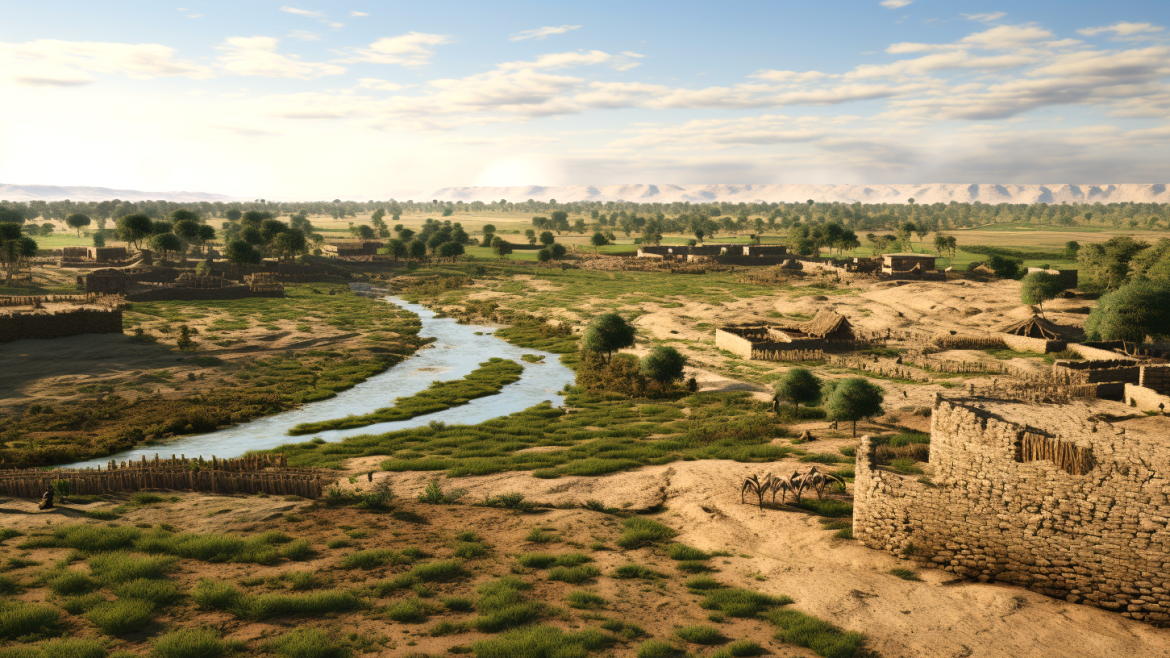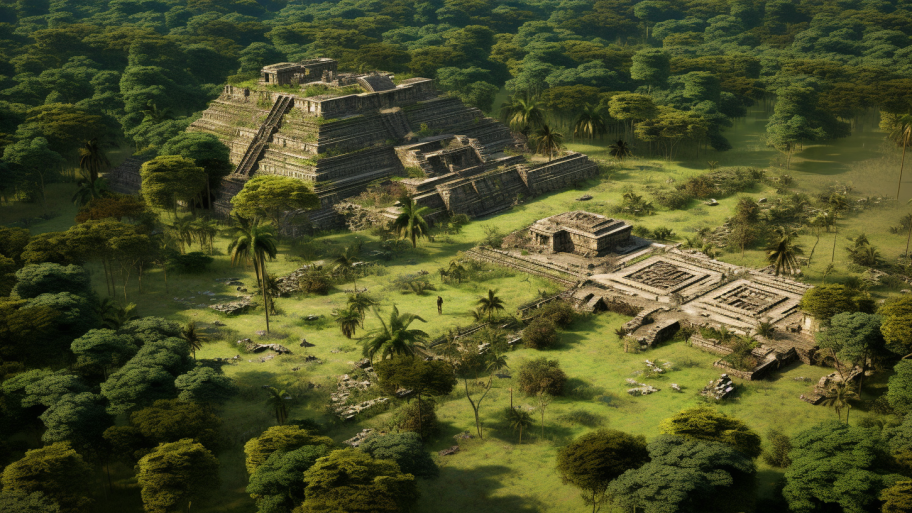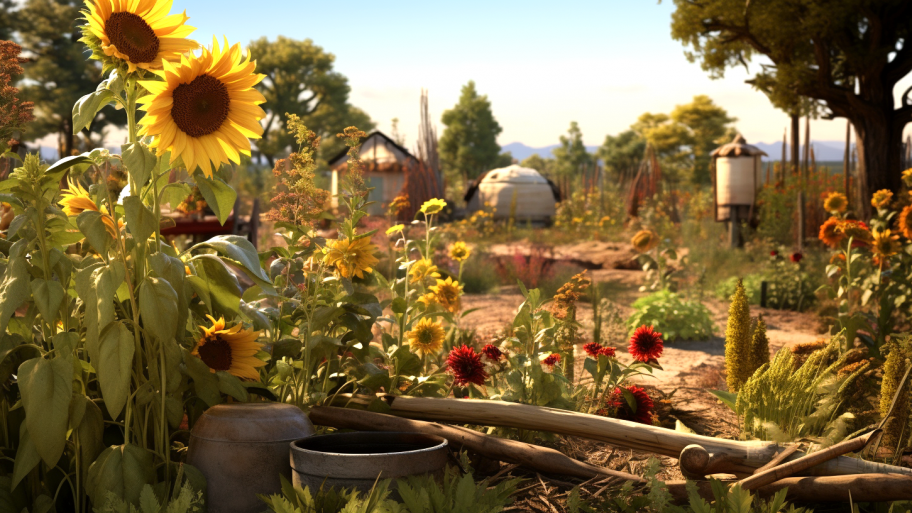The Indus Valley, also known as the Harappan Civilization, was an ancient society that thrived in the northwestern region of South Asia, covering what is now present-day Pakistan and northwest India. This remarkable civilization, which lasted from approximately 2600 to 1900 BCE, is considered one of the earliest urbanized societies and is renowned for its highly developed agricultural systems and horticultural prowess.
Agriculture played a central role in the prosperity of the Indus Valley Civilization. The fertile floodplains of the Indus River and its tributaries provided ideal conditions for growing a diverse range of crops. The people of the Indus Valley demonstrated remarkable ingenuity in their agricultural practices, which allowed them to develop a surplus of food, supporting a dense and thriving population.
The ancient farmers of the Indus Valley relied on seasonal monsoons for their water supply. To maximize the efficiency of their agricultural systems, they developed sophisticated water management strategies. These strategies included the construction of reservoirs, wells, and intricate drainage systems, which allowed them to store and direct water to their fields. This enabled them to maintain a reliable water supply even during times of drought, ensuring the survival and prosperity of their communities.
Crops cultivated in the Indus Valley included a wide variety of grains, legumes, fruits, and vegetables. Staples such as wheat and barley were the primary crops, and evidence suggests that rice was also cultivated in some areas. Additionally, the Indus Valley people grew a variety of legumes, including lentils, chickpeas, and peas, which provided an essential source of protein. Fruits and vegetables, such as melons, dates, and a range of leafy greens, were grown for their nutritional value and contributed to the diverse and balanced diet of the civilization.
Domesticated animals, such as cattle, sheep, goats, and pigs, were an important part of Indus Valley agriculture. These animals provided the civilization with milk, meat, and other valuable resources, such as leather and wool. The integration of animal husbandry with crop cultivation created a sustainable and productive agricultural system, which greatly contributed to the stability and prosperity of the society.
As we continue to explore the fascinating world of ancient Indian horticulture, our next focus will be the remarkable significance of medicinal plants in Indian gardens. Uncovering the wisdom and knowledge of this ancient civilization, you’ll be amazed by the extraordinary use of healing herbs and plants that were integral to their daily lives. So, join us in our upcoming article as we delve deeper into the captivating realm of medicinal plants in Indian gardens and uncover the enduring legacy of the Indus Valley Civilization and its horticultural mastery.




